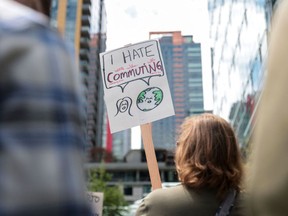Rewritten Article:
The shift from remote work to hybrid models has been a major trend in the workplace. Many companies now offer a mix of remote and in-office work, with some even allowing employees to choose their preferred schedule. However, as these trends gain momentum, one significant change is emerging: the push for consistency.
Companies like Chipotle and Google are increasingly mandating Monday-through-Thursday schedules to maintain their collaborative culture and achieve aggressive growth goals. While this approach has its merits—such as fostering a sense of community among employees—it’s creating tension with those who value flexibility.
For many remote workers, returning to an in-office schedule feels like stepping back into the "good old days" of working from home. They’re finding that their creativity and productivity are being stifled by the rigid structure imposed by these companies. This shift isn’t just about forcing employees to return; it’s about redefining what work means.
As the debate intensifies, one clear takeaway is that both sides need to approach this situation with intentionality. Companies should carefully consider what they’re trying to achieve and be mindful of how their policies might impact employee morale and productivity. Meanwhile, remote workers are feeling the pinch as they face a potential loss of autonomy in a hybrid model.
Ultimately, the challenge for everyone involved is finding that elusive balance—between maintaining a cohesive team culture and respecting individual work preferences. Whether it’s returning to full in-office attendance or striking a different compromise, there’s no easy answer yet. What’s clear is that communication and collaboration will be key as companies navigate this evolving landscape.
For now, the focus remains on how companies can create policies that foster innovation while allowing for flexibility—whether at home or in the office.
